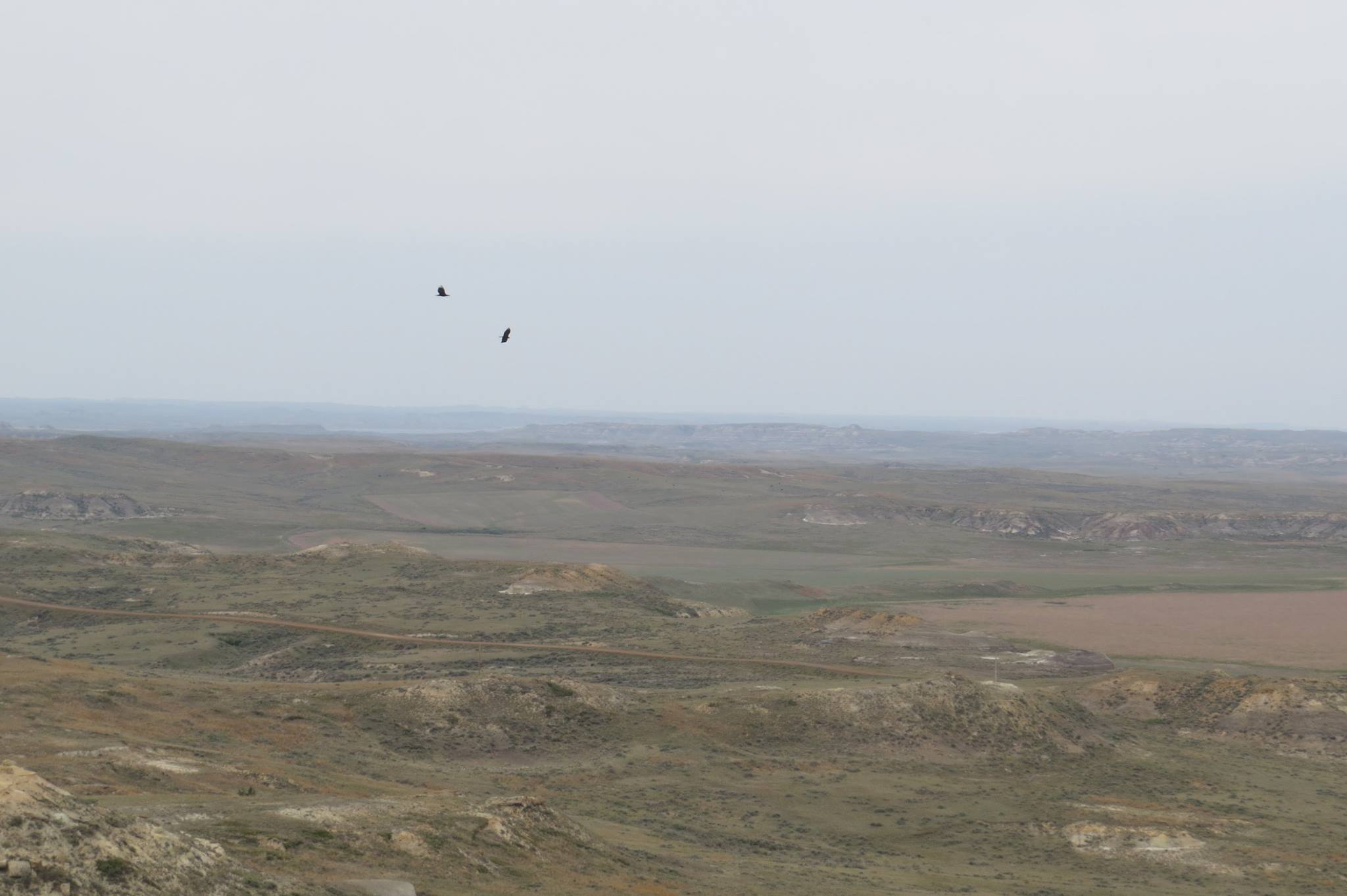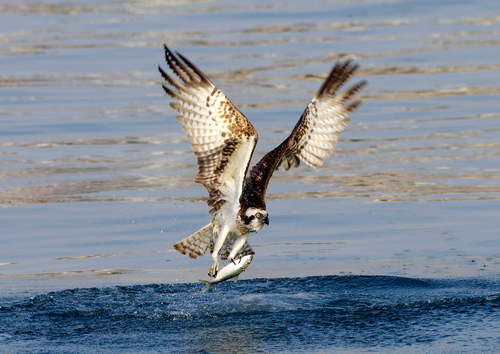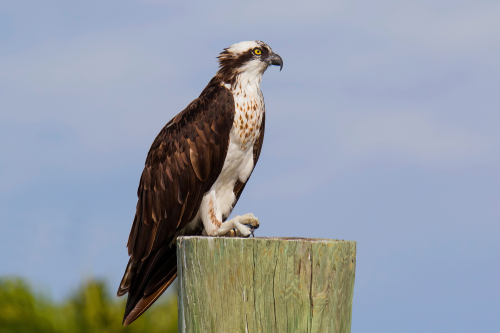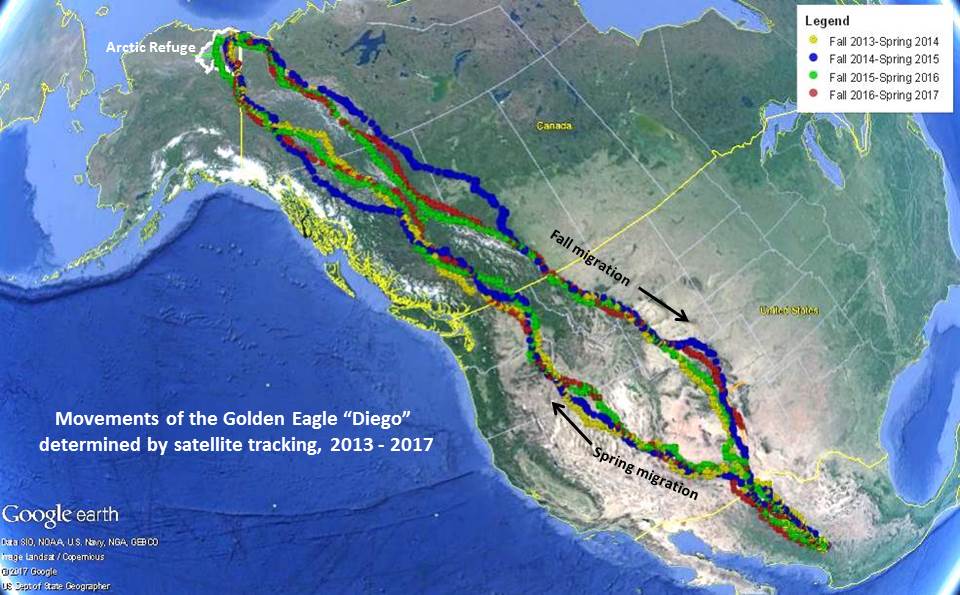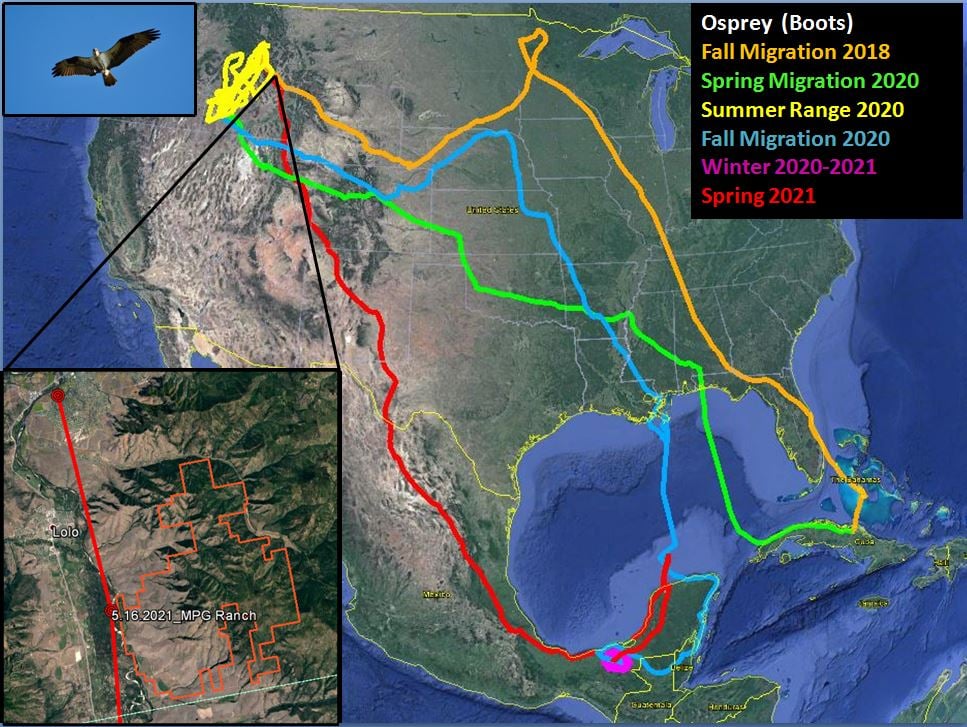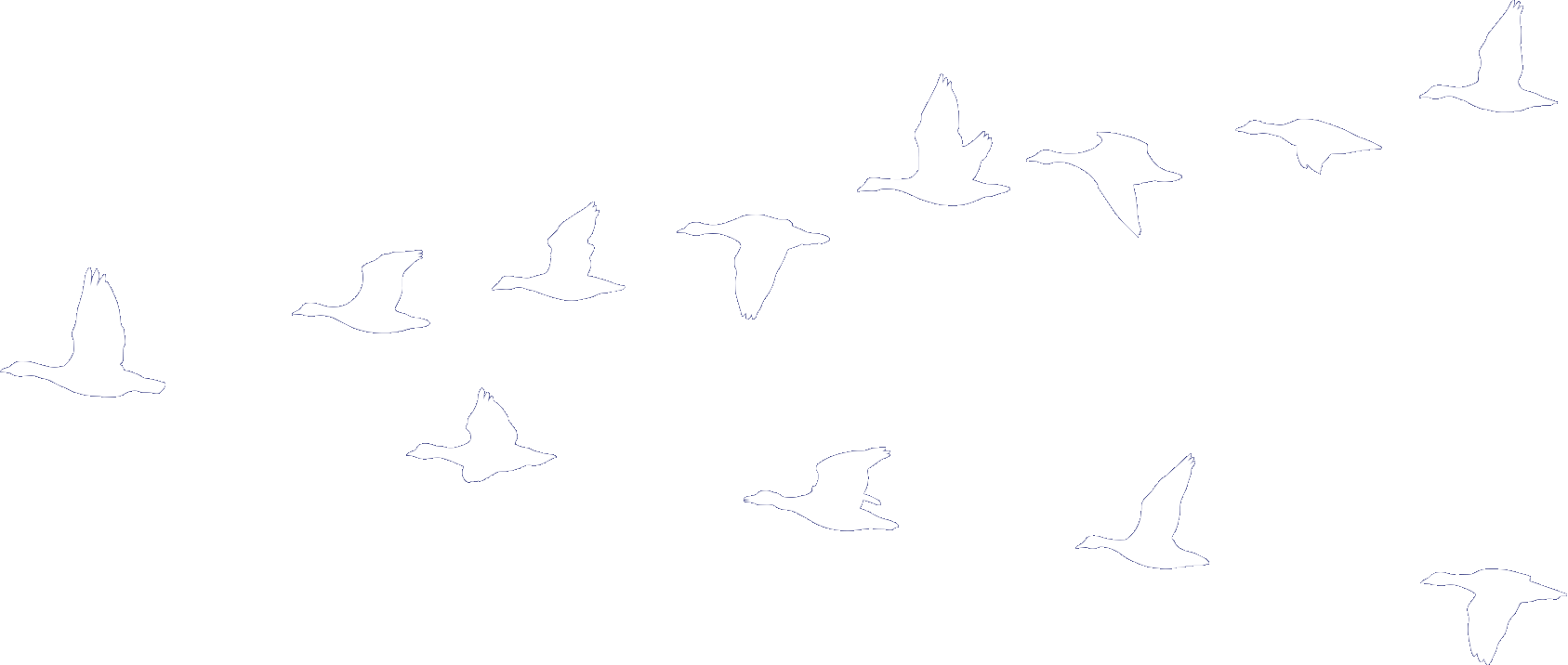We typically think of bird migration as "our birds" flying south for the winter.
And while many raptors like osprey and Swainson's hawks migrate south for the winter, several species that nest in Montana stay here year-round, like bald eagles, golden eagles, and great gray owls.
Additionally, every winter we more than double those populations of raptors moving through and overwintering across the state with migrants pouring in from the north. Raptors like golden eagles can travel thousands of miles from the northern extremes of Alaska all the way to Mexico. As thousands of eagles migrate each fall and spring, they create the "eagle highway" across Montana along the Rocky Mountain front from Glacier to Yellowstone. Having to make this arduous journey twice a year, successful migration and survival of these birds that can live over 30 years depends on adequate food availability, such as hunter-killed ungulates and gut piles during the fall migration.
With research from Montana showing 58% of nearly 200 migrant eagles and 95% of 91 wintering eagles tested with lead in their systems, the use of lead-free ammunition is important to safeguard this iconic species across Montana.


